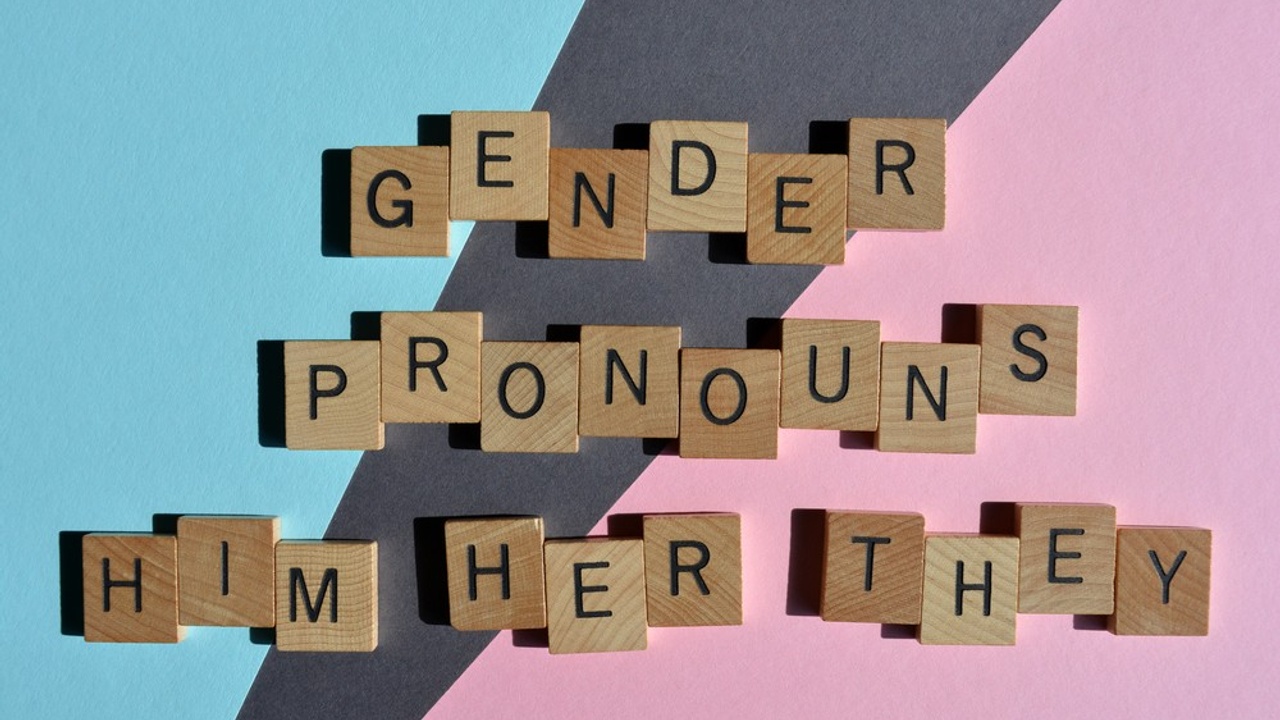They Empowered
Aug 17, 2021
- By Sophie Pinkoski
Just in case you missed it, in 2019, Merriam-Webster chose “they” as the word of the year, confirming the official update to include the singular use of the pronoun. Why does this matter?
This expansion enables the English language to reflect the range of gender descriptions rather than being bound by simply male and female.
It’s become crucial that leaders understand how to talk about and demonstrate inclusion and respect for individuals through the use of pronouns.
Many leaders will have grown up with the traditional gender definitions of masculine and feminine, which is called a binary.
In today’s world there is growing freedom for each individual to indicate their preference to be referred to with gendered pronouns, such as “he” or “she”, or non-gendered pronouns, using “they”.
If you don’t have friends, family, or colleagues who prefer using they or them, this may not be familiar. The important thing is to understand the use of pronouns and have the knowledge to adapt when requested.
Here’s help to understand using “they/them”:
“They” is not just plural anymore – Personal pronouns play a key role in how individuals are perceived by the world. Choosing your own pronouns is a way to communicate how you would like people to understand who you are. When someone chooses “they/them” pronouns, it’s an indicator to others that being referred to as “she” or “he” is not part of their identity. Think about how you feel when someone refers to you by the wrong name. By using the individual’s requested pronouns, we respect them through both their name and their pronouns. It takes practice to ask for clarification and switch your verbal and written language. Keep at it and you will adapt.
Sex and gender are not the same thing – A common misconception is that our gender and sex are the same thing. In fact, sex is biological (the bodies we were born with) and gender is a social construct driven by what we have come to view traditionally as masculine or feminine behaviours and appearances. Today’s world is far more inclusive than two choices.
Expand your awareness – If you are not familiar with the range of gender expressions, consider expanding your awareness through sources such as The Trevor Project or PFLAG.
Don’t assume people’s pronouns – Typically, we assume gender just by looking at a person. It is far better to ask the person their pronouns, default to the use of “they/them”, or use the individual’s name.
Ask for their pronouns – It’s acceptable to ask for someone’s pronouns. If the person being asked does not understand the question, it’s an opportunity to explain why it was important to you to respect their pronouns, just like knowing how to properly say their name. Let’s keep expanding awareness in the community. For individuals who understand the question, you are demonstrating your respect for their identity and creating an inclusive environment. Also, you are modelling the way for others to ask and adapt to how we use pronouns.
Share your pronouns first – The easiest way to demonstrate the importance of respecting personal pronouns is to share your own first. This takes the pressure off of everyone when introducing themselves and working together. By including your own pronouns in your email signature, social media handles, bios, and virtual meeting profile, you’re enabling others to respect your preference.
Accept corrections with grace – As you increase your awareness and skills with personal pronouns, you’re bound to make mistakes. You are retraining all those years of how you use language. Encourage those around you to politely indicate when you have made a mistake. By others correcting you on how you use pronouns, they’re encouraging you to get it right. Appreciate the feedback. Don’t dwell on your mistakes. Just change your language and move forward. Of course, you are welcome to thank the other person for helping you improve.
We’re all just trying our best to connect with one another. By being deliberate and attentive of one another’s pronouns, everyone can feel validated, respected, and most of all, seen how they want to be seen. Because we all deserve to bring our best selves into work every day.
Further Reading:
A Guide to Using Pronouns and Other Gender-Inclusive Language in the Office, The Muse
How to Use Gender-Neutral Language and Why It’s Important to Try, Forbes
Understanding Pronouns, LGBT Life Centre
Talking About Pronouns in the Workplace, The HRC Foundation
Why Sharing Gender Pronouns in the Workplace Matters, Culture Amp
Best Practices for Using Pronouns in the Workplace and Every Place!, ADP
6 Pronoun Practices to Build Trans-Affirming Workplaces and Why They Matter, Diversity Best Practices
